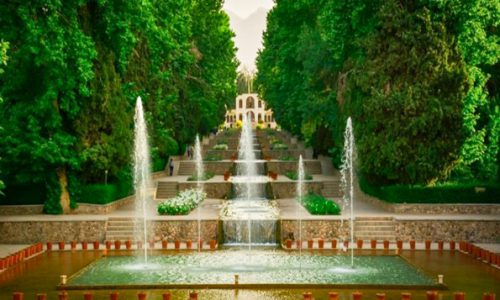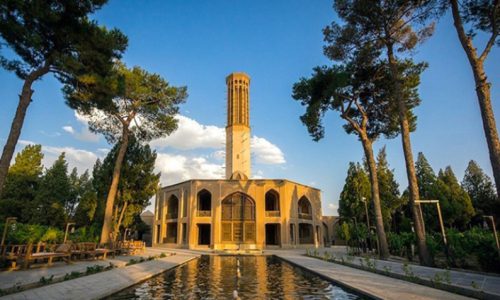Top 9 Persian Gardens
Diversity of designs and exclusive architectural styles in Persian gardens symbolizes the image of Eden with four Zoroastrian elements of sky, earth, water and plants. Persian garden with three certain features and an exclusive design is globally well-known as outstanding example of Persian culture: (1) located along the water stream; (2) surrounded by high walls; and (3) contained a summer edifice and a pool of water.
Nine Persian garden registered in UNESCO include: Pasargade garden in Shiraz as the mother of Persian gardens, built in 6th century BC, and related to Cyrus the great; Eram garden of Shiraz , built in Seljuk era with a Qajar edifice; Chehel Sotun garden of Isfahan, The royal garden, Safavid period; Fin garden of Kashan, Safavid era; Mahan garden of Kerman, late Qajar era; Akbarieh garden of Birjand , late Zandieh and early Qajar era; Dolat Abad garden of Yazd, late Afsharid dynasty; Pahlevan pour garden of Mehriz, late Qajar dynasty; Abbas Abad garden, Safavid era.
Except Abbasabad in Mazandaran province, the rest are all located in the arid and semi-arid areas of central plateau of Iran, and that makes the creation of the garden, a “masterpiece of human creative genius” as UNESCO describes it. These nine gardens are a small selection to represent design, engineering and meaning of a Persian Garden.









